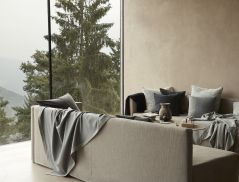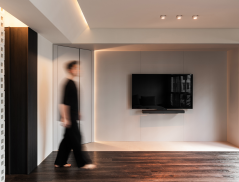
Italian designer Pierro Lissoni trained as an architect, but soon expanded his repertoire driven by a desire towards a more holistic approach to design. Today, his eponymous brands, Lissoni's design studio and Lissoni & Partners in Milan collaborate on a wide range of projects, from architecture and interior design to furniture, lighting, and product design.
The award-winning multidisciplinary artist is also the creative mind behind some of the most renowned brands in the design and furniture industry. In 2020, he assumed the role of creative director for Italian contemporary design brand B&B Italia — a brand that finds pride of place in luxury multi-brand showroom Space Furniture.
Lissoni was in Singapore in October for the 10th anniversary celebration of Space Furniture and the opening of its reimagined retail concept. He talks to us about his design process, his close connection with B&B Italia and his vision to revive its modern and minimalist aesthetic for posterity.
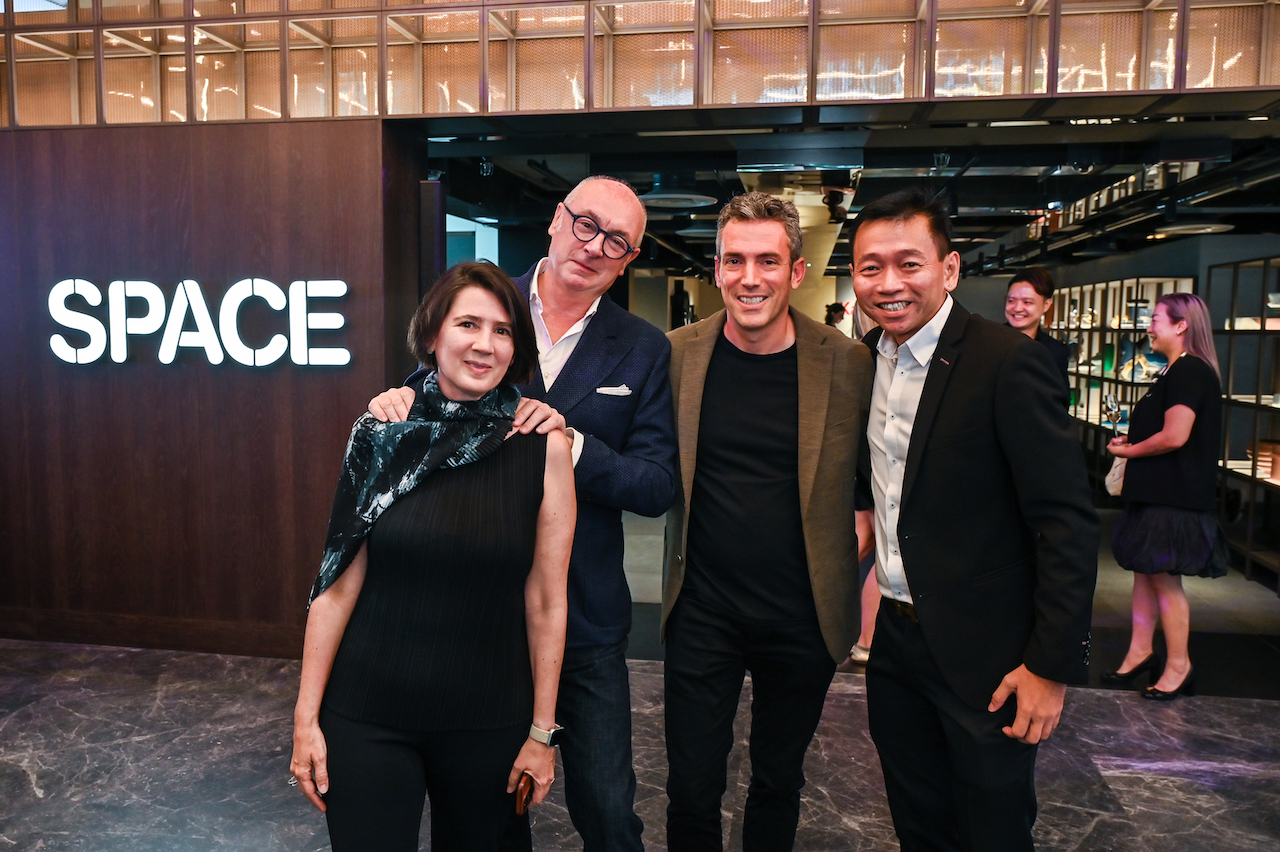
What is a Pierro Lissoni signature?
Simplicity. I start to build my projects with a high level of complexity and then they get broken down — I take away, I cut, I clean until it reaches a high level of simplicity.
Pierro Lissoni is also about ‘naturality’. This does not mean that I use only natural materials — I work with plastic and metal as much as wood. To me, it is about being respectful to the product and material. When I work with leather the leather needs to be supple; wood should immediately feel like wood to the touch and not be overtly plasticised. When it comes to the fabrics I design for B&B Italia, I like strong patterns, but I also focus on the feel. A cushion for instance, needs to be firm and soft at the same time, regardless of whether it is made of recycled cotton or leather.
In that sense, I don’t have a favourite material to work with. It is about using the right material, because each material needs a certain kind of design.
How does your overall vision translate into the designs for B&B Italia?
I became the director of B&B italia three years ago, but I have been a part of the family for over seven years as a collaborator. B&B Italia is like one of the queens of contemporary design, but they have lost some of their essence over the years. I do not try to transform B&B Italia into a Pierro Lissoni. I adapt myself, because I am not alone. It's a strong teamwork. The goal is to bring them back to their contemporary roots and move the factory to the future.
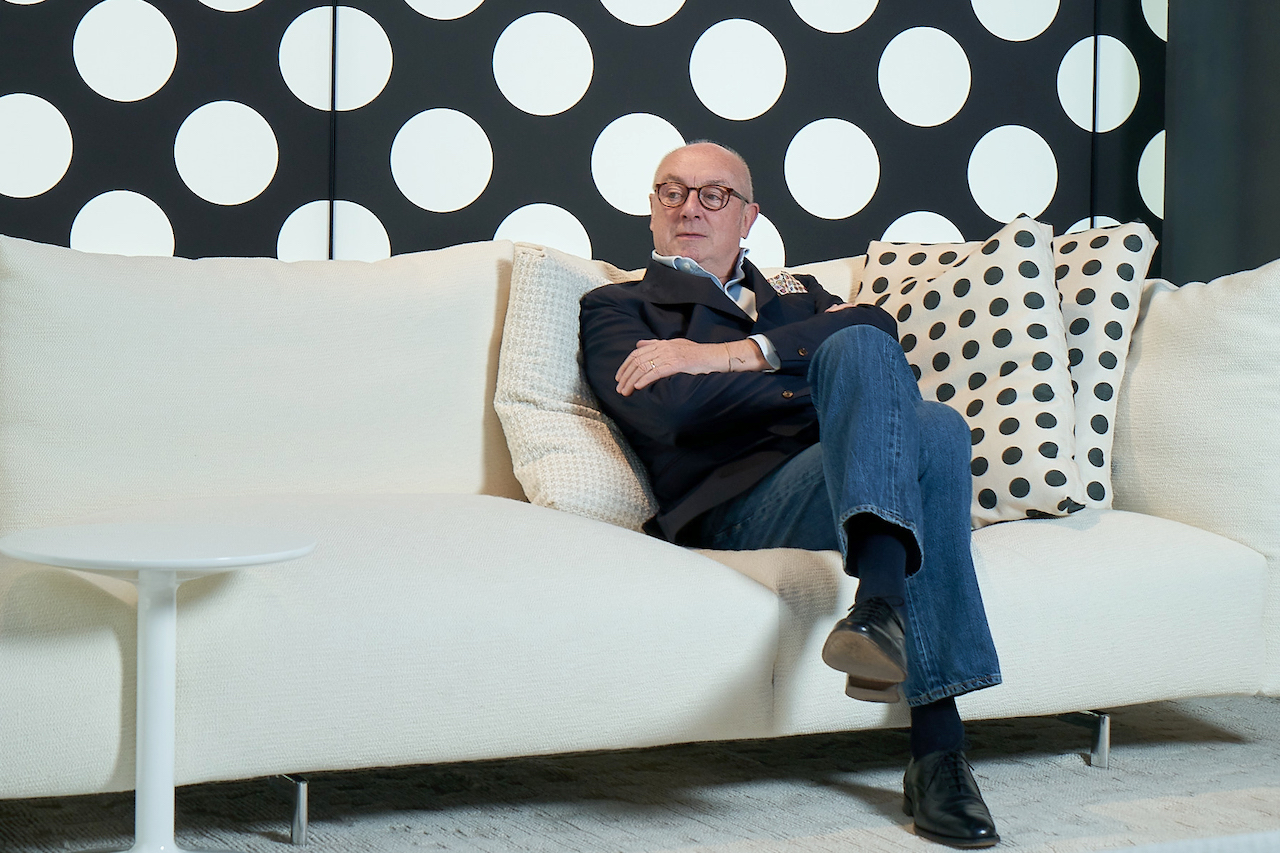 Piero Lissoni at Milan Design Week 2023
Piero Lissoni at Milan Design Week 2023
How does your design ethos translate to B&B Italia as the brand’s creative director?
When I design for them I choose designs that will last the test of time; that can model the future. Some of these may completely disappear with the coming trends. For example, when I try to redesign some ’70s icons, such as a Mario Bellini piece, I don’t create an exact replica. I put in the latest technology so it can be in my next catalogue as the next antique furniture. B&B Italia is exactly that. Some of its pieces have the capacity to become icons.
B&B Italia needs to be clean, modern, and it needs to be contaminated. For example look at this place we are sitting in, the sofa is designed by Patricia Urquiola; the coffee table is by Paolo Piva; the shelves are designed by Michael Anastasia; the dining table is designed by Monica Arnold. Five different designers come together and they offer one special place. I like to remind people that their house is not a catalogue, it’s a combination and contamination as well.
Can you tell us a bit about our design process?
It is a day by day discussion, and a debate, where we discover, change and process. A project is the last on my mind. Our first focus is on one complete ambience and then we start stacking pieces of furniture in the space. Then we identify the materials and technology we need to utilise to get the look we want.
Then to imbue the design with elegance, we take risks. To me, elegance is a combination of quality, normality and a bit of risk. I make a lot of mistakes in the process, but after that I am very creative. I correct my mistakes, find new solutions and then invent something new in the process. This is like the secret of life.
There is an increased focus on sustainability post pandemic. What are your thoughts on that?
I think sustainability is like a mantra. To me, it is about durability. If you look at a B&B chair, we design it with the highest standards of quality and technology, so that it can last you for about 20 years. If I design a plastic chair for Kartell, our paradigm time is a minimum of 10 years. If you look at some of the high-end markets, be it furniture, fashion, architecture, jewellery or even real estate, they are expensive, but they are built with a simple idea—and that is to last.
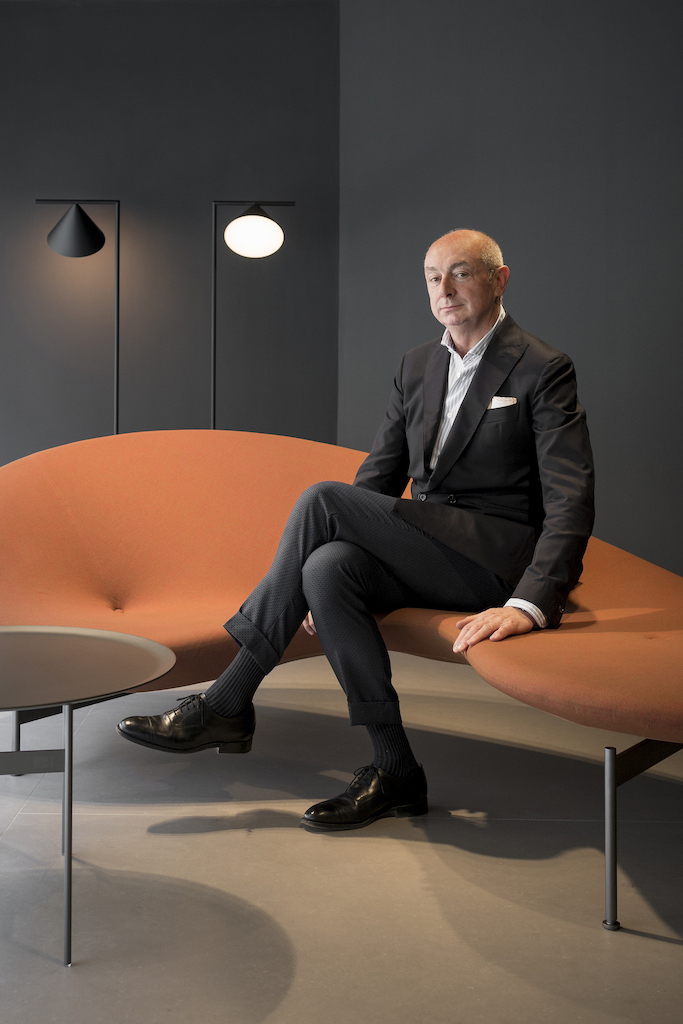

What is your biggest inspiration?
Life. If you talk about first inspiration it’s always the romantic point of view. It’s good and I like that. But real life in the design field or world is a day-by-day discussion; the studies; the information; and the day by day fighting against or for something. That is the inspiration. The connection is alive because life is the real intellectual attitude. You know, you need to know paintings, statistical calculation mathematics, photography, alphabet, movies, music, food, travel and culture. Otherwise, you start to jump into or control what's happening by the other architects by the other designers.
Do you have a favourite piece or design? What about colours?
For sure not designed by me. Can you imagine, I have homes in Milan or Tuscany without any pieces designed by myself [laughs].
I am a great fan of white colour—it’s the mother or father of all colours. Think about it in an Inuit culture, they have nearly 300 words for describe the different qualities of snow. Grey has the same variations.I like colours as well, special ones that can define a design such as Indian red found in spices and classic yellow. It’s a strong combination of things—mixed with an appetite for risk.


 Share
Share


